Of The Hundreds Of Thousands Of Rocks In The Asteroid Belt, Four Of Them Are Planet Killers
The same asteroid belt the NEOs originate from has four monsters floating around with the rest of the city-sized, building-sized, car-sized, and refrigerator-sized chunks of rock.
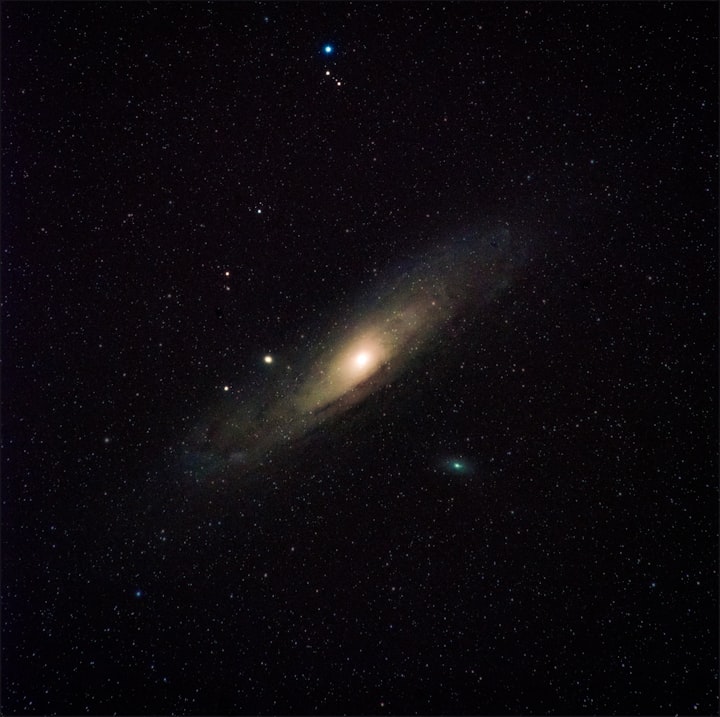
Where All The Asteroids Come From
There is a belt of asteroids in our solar system. Most of them rotate around the sun in between Mars and Jupiter. Every so often, one of them comes away from its’ path and starts hurtling toward the inner solar system. But why?
The asteroid belt, the planets, the moons, and our sun comprise a multibody gravitation system. Multibody gravitational systems are chaotic. Inside asteroid belts, there are non-linear dynamics involved in the motions of the bodies. Those cause multiple stable and preparing states, or what we call orbits.
Interactions between gravitational bodies can cause a transition, or in simple terms, the pulls of neighbors can sometimes slingshot asteroids out of their stable, near-circular orbits. This almost pushes the asteroids from the belt toward the inside of our system, sending asteroids towards earth as they head toward the sun.
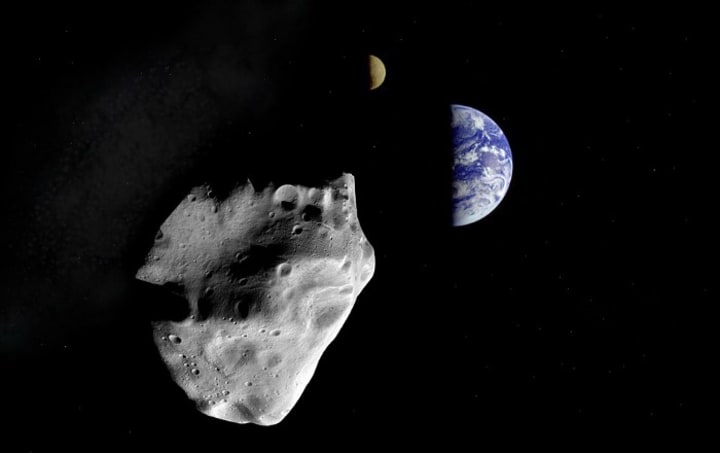
Types Of Asteroids
Asteroids are classified based on their chemical compositions. There are three types of asteroids.
- C-Type Asteroids (Carbonaceous). Almost 75% of the known asteroids are carbonaceous. They are the most abundant in our solar system, especially on the edge of the asteroid belt between Mars and Jupiter. Some astronomers believe that if Jupiter's gravity wasn’t so massive, a planet could have formed there, but now that possible planet is in pieces in orbit between the two planets. As their name suggests, C-type asteroids are rich in carbon, silicates, and metals. It makes them darker in color, which is why not all of the possible C-Type asteroids have been found and space agencies are continuing to do further studies.
- S-Type Asteroids (Silicaceous). The second kind of asteroid is made of silicate and iron-nickel. They are very common on the inside edge of the asteroid belt and are approximately 17% of the total asteroids in the system. S-Type asteroids are lighter in color when you compare them to C-Type. The largest S-Type asteroid is 15 Eunomia at 205 miles across.
- M-Type Asteroids (Metallic). While M-Type is the third most common asteroid group, there’s still much to learn about their composition. they’re in the middle of the asteroid belt, and most if not all of them contain nickel and iron, but the subtle composition details depend on how far they are from the Sun.
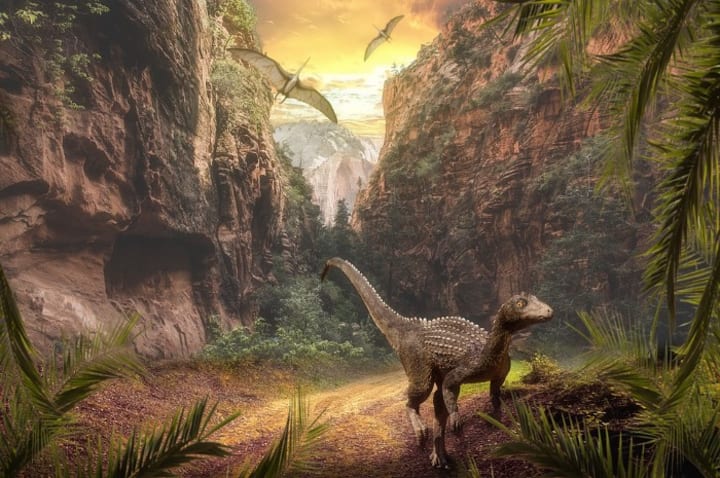
The Danger of Asteroids
Scientists believe an asteroid struck Earth 80 million years ago. It created a worldwide catastrophe that wiped out most of the dinosaurs on Earth. It was an asteroid smacking into the Yucatan Peninsula, causing tsunamis and firestorms. The impact blasted major amounts of debris into the atmosphere containing sulfur. Vapors from the impact acidified the oceans.
The asteroid that killed off the dinosaur population was 10 kilometers across and caused a giant dust cloud to be lifted into the atmosphere. Scientists believe the ensuing cloud blocked out the sun for several years keeping even plant life from growing.
The asteroid that hit earth in the Yucatan Peninsula was relatively small compared to some that are in the asteroid belt. It was traveling at an incredible rate of speed and left a crater 180 kilometers across.
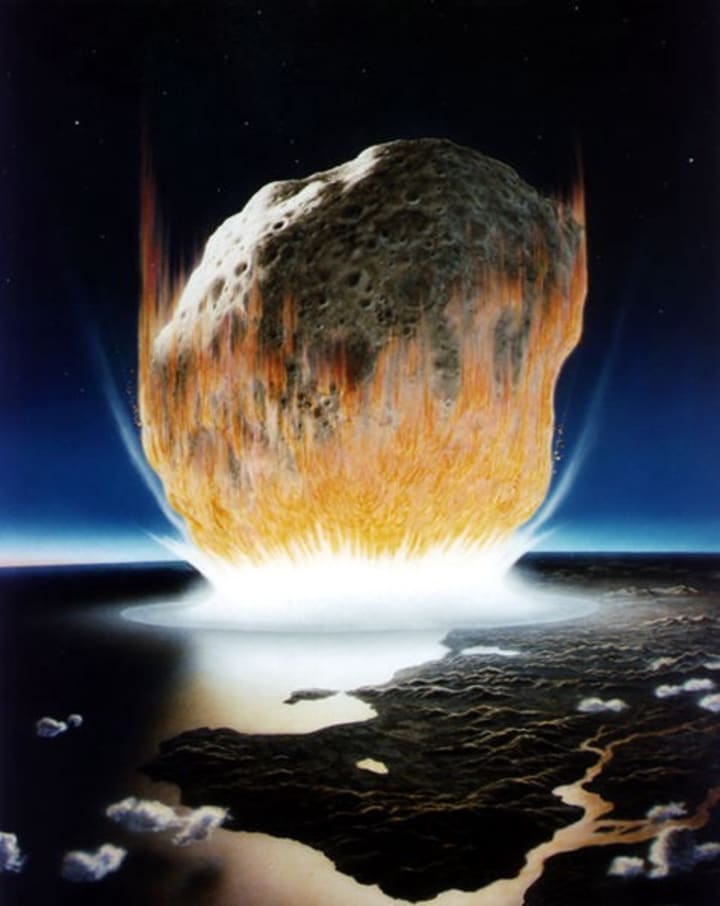
Inside the asteroid belt, there are hundreds of thousands of asteroids, but almost half of the entire mass is made up of four different asteroids. These are Ceres, Vesta, Pallas, and Hygiea. These are the real monsters of the asteroid belt.
While asteroids enter Earth’s atmosphere all the time, either burning up or ending up as small pieces of rock in mostly isolated occurrences, they occasionally do damage.
The Chelyabinsk meteor was a small asteroid. It was about the size of a six-story building when it broke up over Russia on Feb 15, 2013. The blast was more powerful than a nuke, being detected from as far away as Antarctica.
Then there are the big boys. Ceres, Vesta, Pallas, and Hygiea. Scientists have studied them and kept a watchful eye on them since their discoveries. Their sizes alone warrant study.
Vesta — Over 400 km
Pallas — Over 400 km
Hygiea — Over 400 km
Ceres — Over 950 km
Final Thoughts
While the chances of an impact remain relatively small in the immediate future, with just a 2.9% chance of one striking in this decade, the study of our solar system is an important one.
The dangers in our solar system are many, as there are hundreds of thousands of pieces of space rock, ranging from feet across the miles across and bigger. Asteroids, Super X solar eruptions, and yet to be discovered risks of an endless and active galaxy are out there just waiting to find their way to earth.
Besides the dangers, there are untold possibilities that we may find. There may be resources out there that might provide humanity with needed opportunities one day. In the meantime, much like we did when we were children and dreaming of being spacemen, astronauts, and explorers, there are still hundreds of people with their eyes aimed at the stars watching out for humanity.
About the Creator
Jason Ray Morton
I have always enjoyed writing and exploring new ideas, new beliefs, and the dreams that rattle around inside my head. I have enjoyed the current state of science, human progress, fantasy and existence and write about them when I can.
Reader insights
Outstanding
Excellent work. Looking forward to reading more!
Top insights
Expert insights and opinions
Arguments were carefully researched and presented
Eye opening
Niche topic & fresh perspectives
Masterful proofreading
Zero grammar & spelling mistakes
On-point and relevant
Writing reflected the title & theme

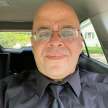

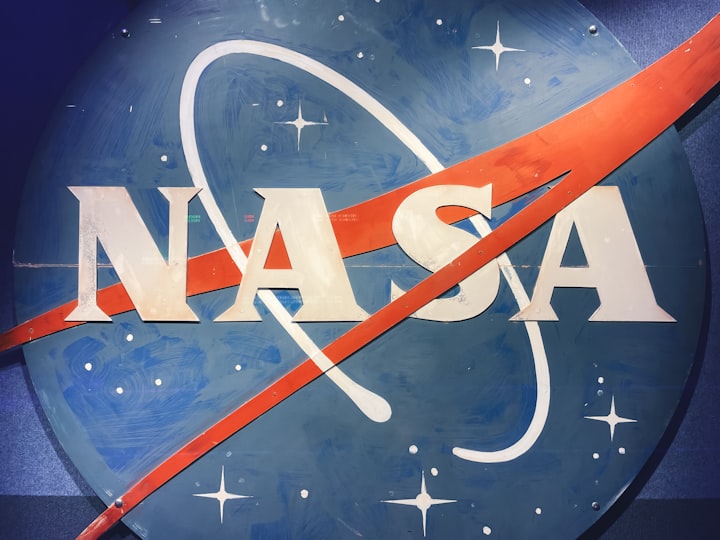



Comments (4)
Very interesting topic. Great writing.
very well written article
You make science so accessible. That was a fun read—creeping existential dread aside.
I love your writing style 🔭🌠☄️